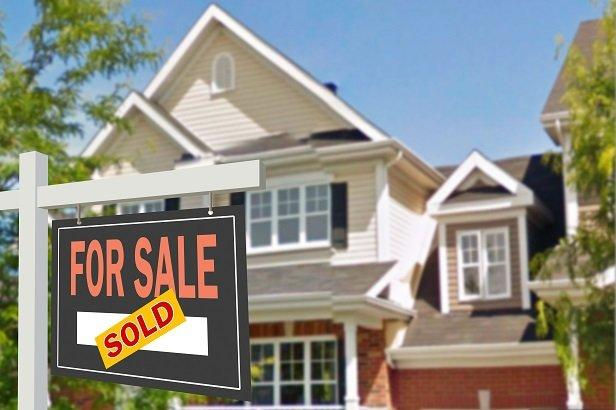Houston's Housing Inventory Hits a 17-Year High: What It Means for Buyers, Sellers, and Investors
- Krishna Bhaskar

- Jul 16
- 2 min read

In a notable shift for Houston’s housing landscape, the city has reached a milestone not seen since before the Great Recession—an inventory surge that places active single-family listings at their highest point since 2007.
As of June 2025, the Greater Houston metro had over 39,000 active single-family homes on the market, a striking 30% jump compared to this time last year. And this isn’t just a seasonal bump—this level of supply represents a structural change in market dynamics.
Why Inventory Is Surging
Several forces are driving the inventory spike:
· New listings are up over 13% year-over-year, showing that more homeowners are opting to list their properties amid strong pricing.
· At the same time, new construction is booming. Houston continues to be a national leader in homebuilding, with nearly 13,000 building permits issued in the first quarter alone—a 5.5% increase over last year.
This dual stream of resale and new-build homes is flooding the market with options for buyers who have been on the sidelines during the leaner years of post-pandemic supply.
Home Prices Still Trending Up—for Now
Despite the increase in inventory, Houston’s average list price has edged up to just under $470,000, reflecting a 5.4% increase from last year. While this shows continued confidence among sellers, it's also a signal that pricing power may begin to moderate as supply grows.
The Rental Market Joins the Party
It’s not just for-sale homes getting attention. The single-family rental market also saw a notable expansion. Over 9,000 homes were available for lease in June—up 21.8% year-over-year—with average monthly rent at $2,401, a modest 0.9% increase. This growth suggests that institutional and mom-and-pop investors alike are continuing to pivot toward rental strategies in response to evolving buyer behavior.
Is Houston Becoming a Buyer’s Market?
All signs point to a softening of seller dominance. With homes sitting on the market longer, more choices for buyers, and a relatively low sale-to-list ratio compared to other major U.S. metros, Houston appears to be shifting toward a more balanced, if not buyer-friendly, environment.
For real estate professionals, investors, and aspiring homeowners, this is a moment of opportunity—but also one that demands strategy. Sellers must price competitively, buyers should leverage their negotiating power, and investors can take a long-term view as Houston continues to grow.
Conclusion: A Market in Transition
Houston’s real estate market is evolving. With inventory at a 17-year high and both for-sale and rental markets expanding rapidly, the era of bidding wars and ultra-tight supply may finally be giving way to a more stable, accessible housing environment.
Whether you’re buying your first home, expanding your investment portfolio, or reevaluating your selling strategy—now is the time to pay attention.



Comments